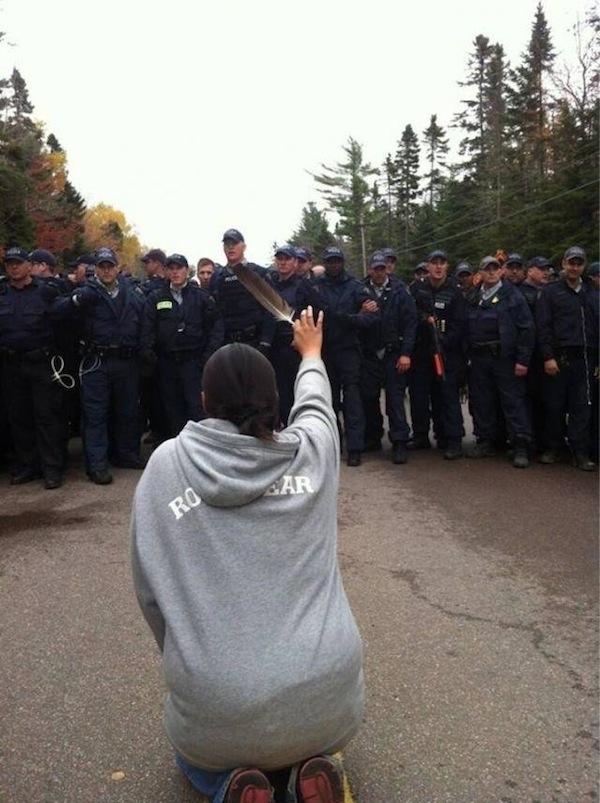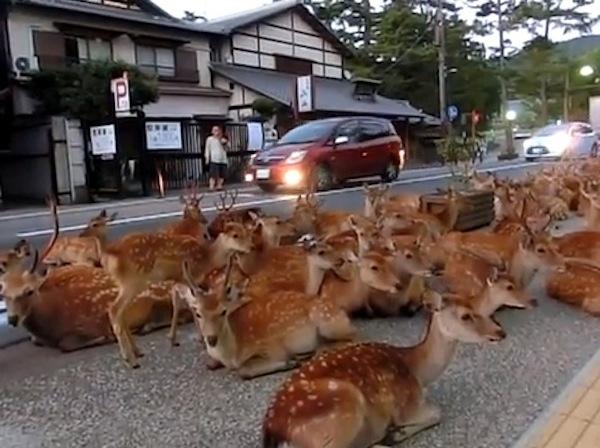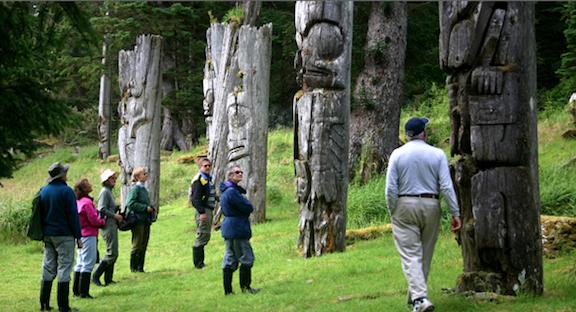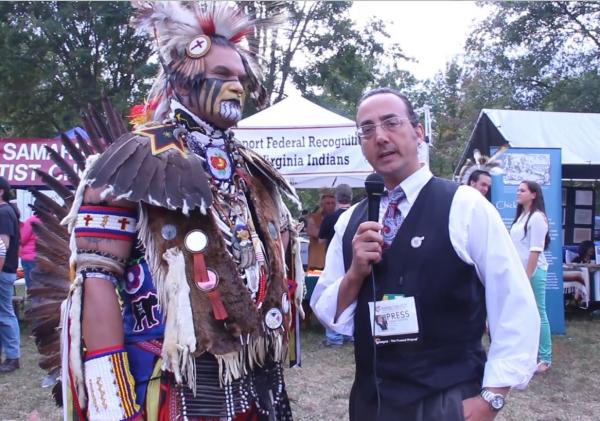Source: Department of the Interior
In Response to Tribal Consultation & Feedback, Buy-Back Program Announces Solicitation for Cooperative Agreement Applications from Tribes
WASHINGTON, D.C. – As part of President Obama’s commitment to help strengthen Indian communities, and following nation-to-nation consultations with tribal leaders, the Department of the Interior is expanding the implementation strategy for the Land Buy-Back Program for Tribal Nations (Buy-Back Program).
The move to engage a significant amount of tribal governments expands on the Department’s initial plan to launch pilot efforts with less than a dozen tribes, allows for a greater amount of engagement across Indian Country, and provides more flexibility and transparency for tribal governments. The cooperative agreements would make funds available to tribal governments to implement key aspects of the Buy-Back Program, such as owner outreach and education. Tribes have the opportunity to actively participate in the process, including identifying acquisition priorities, which will improve the program’s effectiveness and efficiency while minimizing administrative costs.
“This is a major step forward toward strengthening tribal sovereignty by supporting consolidation of tribal homelands,” said Secretary of the Interior Sally Jewell. “We are moving quickly to establish individualized cooperative agreements, which address the specific needs of each tribe and provide resources for tribal communities to implement the program. Although the task ahead is challenging, we have been given a historic opportunity to work together with Indian Country to meet this challenge.”
The Buy-Back Program was created to implement the land consolidation component of the Cobell Settlement. The Settlement provided for a $1.9 billion Trust Land Consolidation Fund (Fund) to consolidate fractional trust or restricted land interests across Indian Country. The Buy- Back Program allows interested individual owners to receive payments for voluntarily selling their land. All lands sold will immediately be held in trust for the tribe with jurisdiction.
Interior holds about 56 million acres in trust for American Indians. More than 10 million acres are held for individual American Indians and nearly 46 million acres are held for Indian tribes. The Department holds this land in more than 200,000 tracts, of which nearly 94,000 – on about 150 reservations – contain fractional ownership interests available for purchase by the Buy-Back Program.
This solicitation will expand the program implementation work already underway and requests tribes to work with Interior to determine the estimated schedule in which they wish to ultimately conduct outreach and engagement. An open solicitation period will be held through March 14, 2014, during which tribes with jurisdiction over these most fractionated locations are invited to submit letters of interest or cooperative agreement applications for participation in the program.
Additional solicitations will follow this initial period. Significant outreach, mapping and mineral evaluations are already occurring at many locations.
“We have heard from tribal leaders and individual landowners that they want predictability and transparency on the timing of implementation efforts,” said Kevin K. Washburn, Assistant Secretary for Indian Affairs. “This open solicitation puts much of the timing in the hands of tribal governments and will allow the program to move on a quicker timeline.”
Implementation decisions will still rely on a number of factors, such as the severity of fractionation; degree of ownership overlap between tracts; geographic location to maximize efficiency and resources; appraisal complexity; and overall interest of the tribe as indicated by their cooperative agreement application.
More information on this solicitation is available here.
Outreach and tribal engagement will also continue with the tribes that represent the locations with the remaining 10 percent of fractionated lands. Flexible purchase ceilings will be used to protect against the risk of premature exhaustion of the available funds.
The program also released an Updated Implementation Plan today, which builds upon significant consultation and feedback from tribal nations over the past year. Updates outlined in the plan include a number of steps that tribal nations can take now to prepare for involvement in the Buy- Back Program. These steps include increasing owner awareness of the value and benefits of participation in the program and designating an authorized tribal point of contact to engage with the Program.
The Updated Implementation Plan can be found here.

















